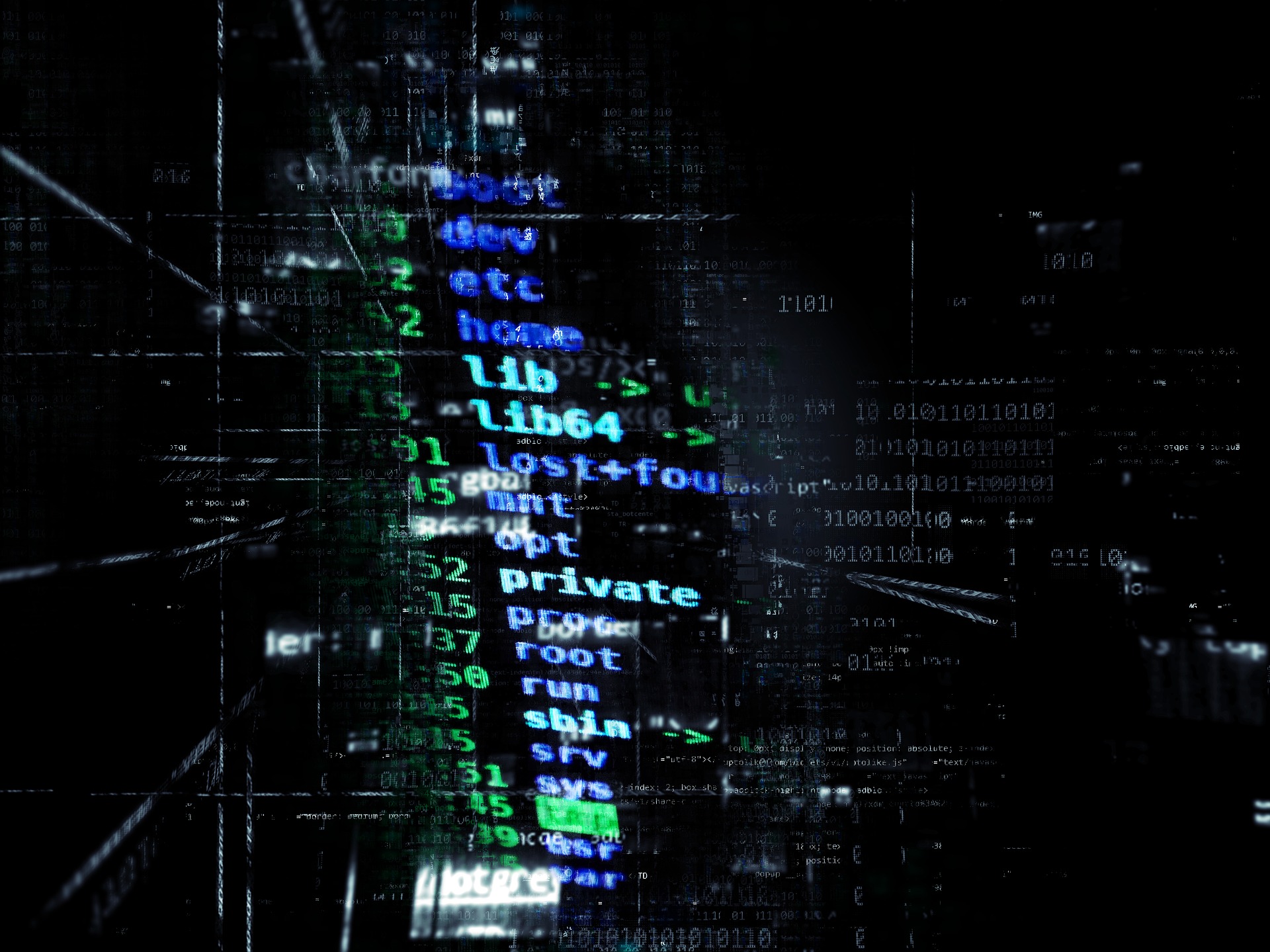Programmers tend to love Linux. Why wouldn’t they? It’s free, easy to install, you can mess around with almost any aspect of the source code, and Linux commands are as powerful as they are easy to execute.

However, as anyone who has ever gotten married knows, sometimes you have to take the bad with the good. In the case of Linux, it’s those powerful and easy to execute commands. When they’re doing precisely what you want them to do, they’re great. When they’re doing anything else, they’re potentially pretty disastrous. Here are five to be very, very careful with.
Fork bomb: the :(){:|:&};: command
Whether or not you want to sing the words fork bomb fork bomb to the tune of a Tom Jones song is up to you, but consider this your warning that the fork bomb itself is to be avoided.
A fork is a Linux system call that starts with an existing process (the parent) and replicates it to form a new process (the child). A fork bomb is when this command is issued recursively, leading to new processes being created until the system’s CPU and memory have been exhausted, freezing the system as programs are blocked from running, new processes can’t be created and keyboard input goes ignored.
A fork bomb can certainly be self-inflicted, but it’s worth noting that it’s also a form of denial of service attack. The system freeze can sometimes be undone by a restart, but often a hard reboot is required which makes the loss of data likely.
Format hard drive: the mkfs.ext3 /dev/hda command
Good as new is a saying that only applies when the “old” version of something didn’t have years worth of your work on it. Like your hard drive! The above command formats the hard drive so it uses the ext3 filesystem. There are reasons you could actually want to do this, of course; if you’d like a blank slate from which to work. Otherwise, you’re going to be staring in horror at your computer screen if you execute this command.
Implode hard drive: the mv / /dev/null command
Don’t say they didn’t warn you with the name of this command. The file /dev/null is used to discard any data written to it, and once it’s been written to that file, it’s gone for good. Obliterated. Vamoose. That’s all fine and good when you’ve got stuff you actually want to do away with forever and ever, but slip that mv in and the system’s root directory is doomed to the black hole of Linux. This will make your system unusable, no way around it, so you probably shouldn’t ever type that command unless you happen to be a spy in which case…cool.
Recursive delete: the rm -rf command
One of the quickest ways to delete a folder and its contents is using the recursive delete command, and when you intend to delete a folder and its contents and you type rm -rf exactly, you won’t be anything but pleased with the clean and speedy results.
There are variations to the rm -rf command though and if a typo makes its way into the command you are at risk of losing a lot more than a folder and its contents. For instance, rm -rf / will force delete everything in the root directory, rm -rf . will force delete the current folder and subfolders, and rm -rf * will force delete everything in current directory/working directory.
Many of today’s Linux systems will issue a warning if you issue any of the above commands, but until you’re sure yours will, tread lightly.
Kernel panic: the cat /dev/port command
This command does one thing, and it causes the kernel panic. The kernel panic is when the core operating system, known as the kernel, crashes due to an internal error. It’s comparable to the dreaded blue screen of death or Sad Mac. The kernel panic is not quickly or easily recovered from, so unless you’re a true expert at conducting your Linux symphony, avoid, avoid and avoid.
Playing it safe
Linux can be a lot of fun to tinker with, and self-directed exploration and learning is a major reason a lot of people use and love Linux. It can be easy to step outside of your comfort zone though, and while that is one of the ways you get better, it’s also one of the ways you end up with your head in your hands wondering if time travel is actually possible and if you could go back about 15 minutes. At this point, it’s a no-go on the time travel, so being cautious with those Linux commands is still the best strategy.









